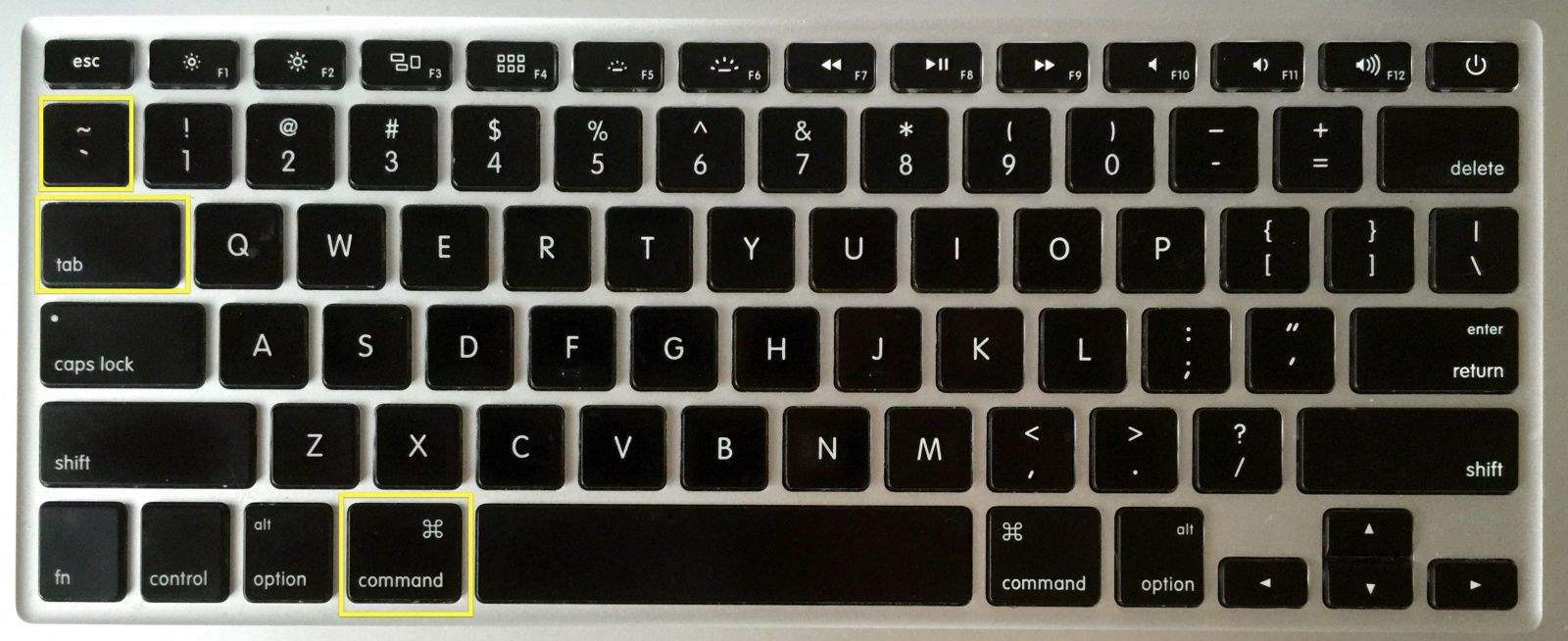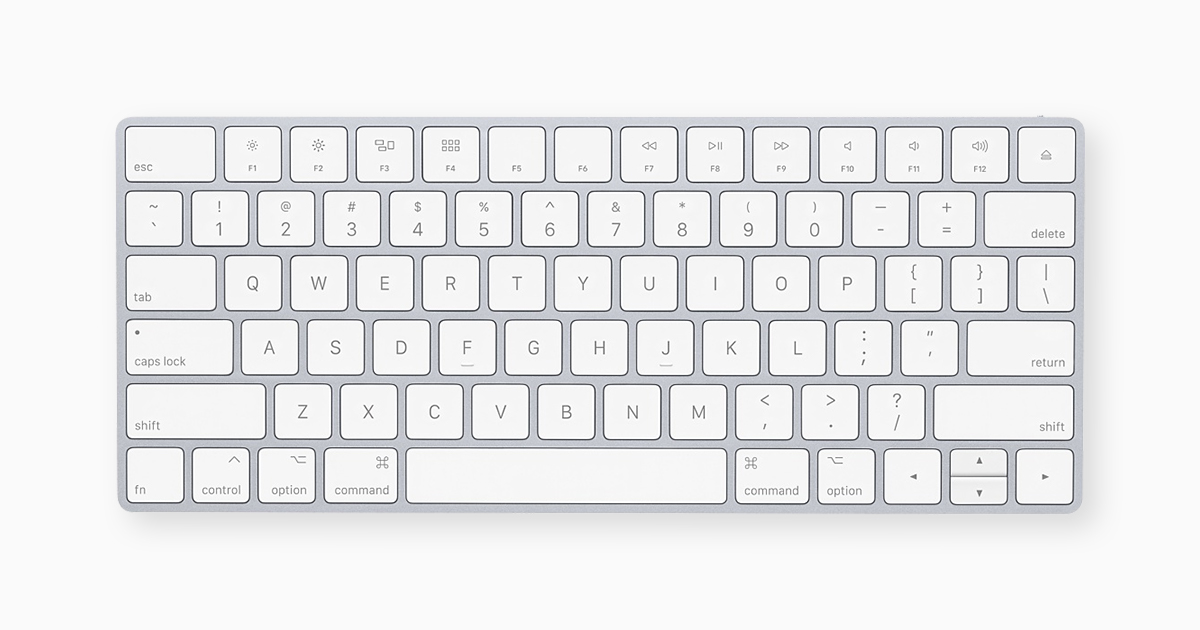

This technique makes it simple to do away with the mouse completely! Enable Full Keyboard Access to be able to select every menu option using Tab When Full Keyboard Access is on, the Tab key moves between each option and Spacebar selects it. As an example, when you press your Mac’s power button the Shut Down option is normally highlighted in blue as the default which cannot be changed unless you use the mouse or trackpad to choose another option such as Restart. This allows the Tab key to be used to switch between all of a dialog box’s controls, rather than just text boxes and lists only (the default settings). While you’re on the keyboard shortcuts tab, it’s a good idea to enable Full Keyboard Access. Your new shortcut appears in the application TIP #3: Turn on Full Keyboard Access

Safari appears to pick them up immediately without a restart. Note that you may need to restart an application for its custom-defined shortcuts to take effect.

In the example below Command + A was used as a shortcut to select About Safari. Create a custom shortcut for any application's menu item For example, you could quite easily assign Command + O (normally used to open a file) to the About Safari menu item instead. Don’t worry if the shortcut is already in use in the application, because it will just be re-assigned to the menu item entered here. With the Keyboard Shortcut field highlighted, just press the keyboard combination that you want to use and then hit Add. When the drop-down sheet appears, choose an application and enter the menu title of an existing menu item that you want to assign a shortcut to.
CONTROL END ON MAC KEYBOARD WORD MAC OS X
Mac OS X supports umpteen systemwide shortcut combinations that are common to most applications. TIP #1: Memorise Common Application Shortcuts Before we cover the navigation tips themselves, here is some basic advice to get you started.


 0 kommentar(er)
0 kommentar(er)
